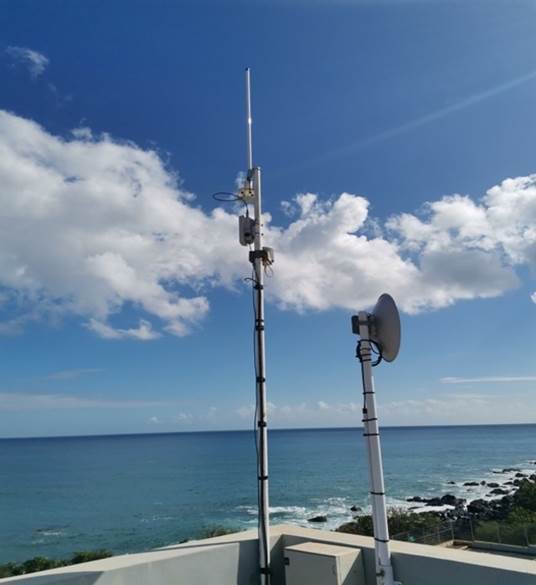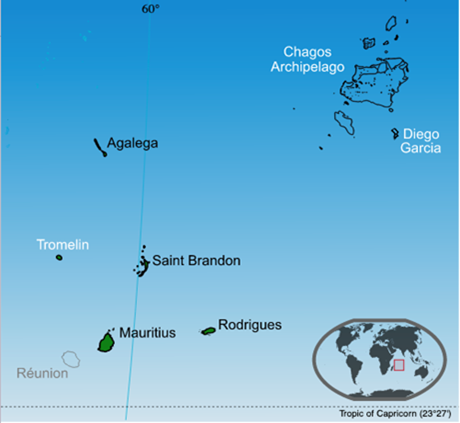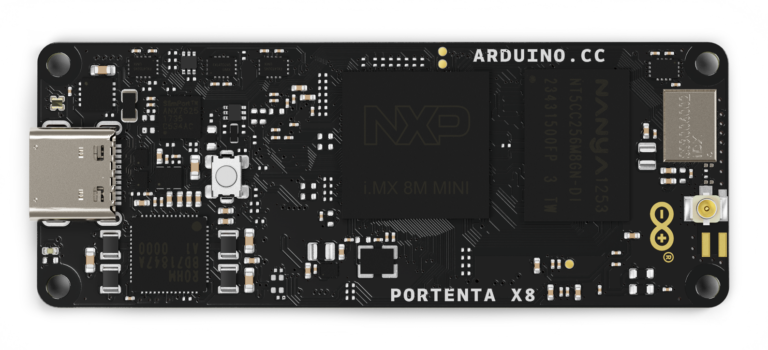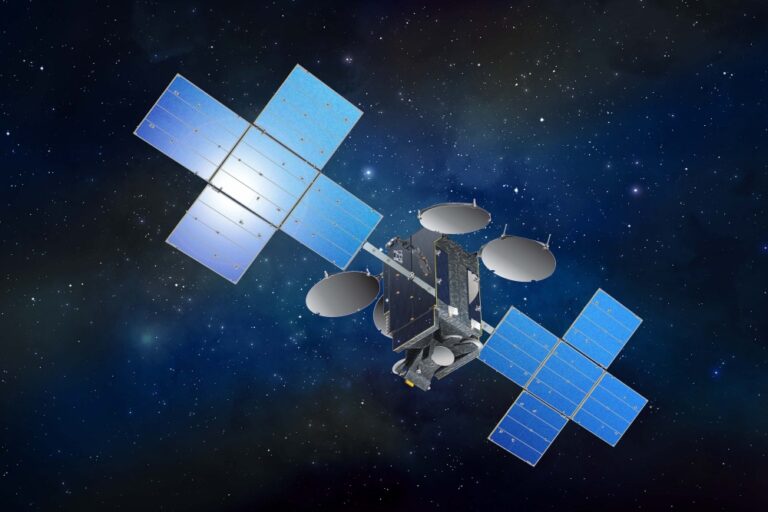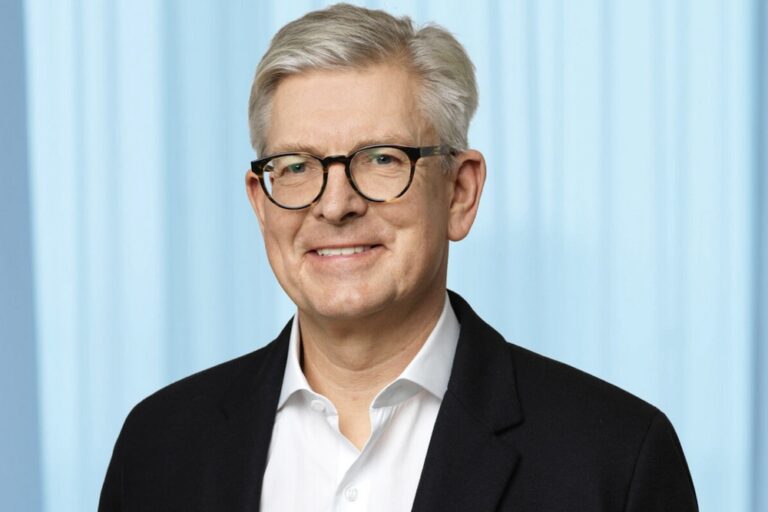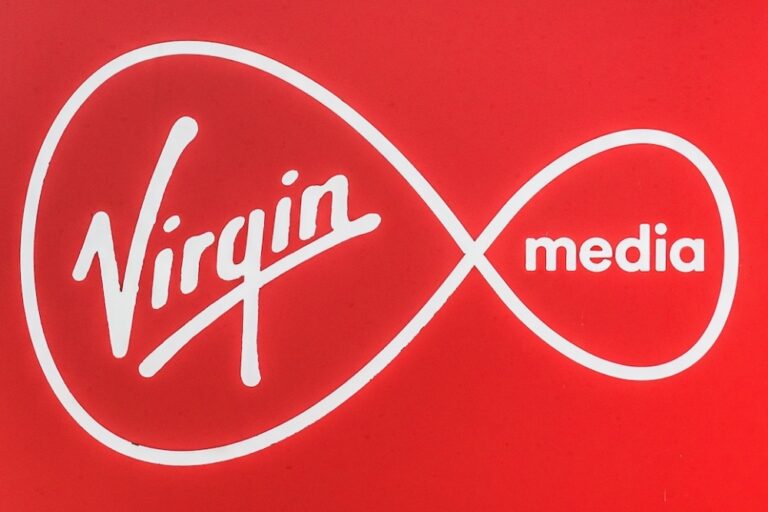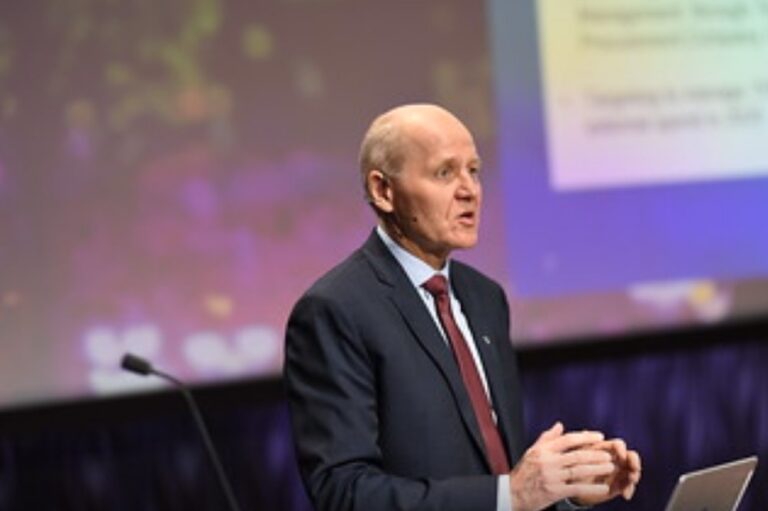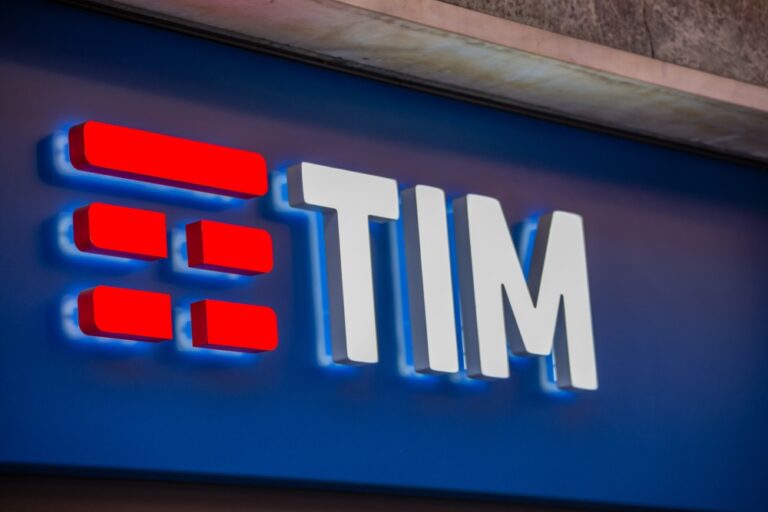Activists say Telenor sale to M1 Group broke sanctions
The Telenor Group has come under fire for its exit strategy from Myanmar, which has given the military regime a gateway to snoop on citizens who’d trusted Telenor Myanmar to protect their privacy.
Pressure group Justice for Myanmar has alleged that the M1 Group, which is owned by the family of Lebanese Prime Minister Najib Mikat, is set to violate sanctions on Myanmar. The acquisition of customer stalking technology, as part of their purchase of Telenor Myanmar, puts the lives of millions of subscribers in danger, according to a report in Myanmar news web site Mizzima. The exposure of Myanmar citizens has infuriated human rights groups in Norway.
Justice for Myanmar, which describes itself a ‘covert group of activists dedicated to improving the lives of all the people of Myanmar’ said that M1 Group would violate those sanctions through their acquisition, activation and transfer of a German-made lawful interception gateway (LIG) as part of their purchase of Telenor Myanmar. Once activated, the LIG will allow the Myanmar military junta to monitor communication on the Telenor Myanmar network in real time. The sale will also involve the transfer of historical call data of more than 18 million current subscribers, which the junta can use to hunt down activists, journalists and humanitarian workers, who face torture and murder at the hands of the Myanmar military.
According to Norwegian news site E24, M1 Group entities involved in the purchase of Telenor’s Myanmar operation are based in Cyprus and the Cayman Islands. That makes them subject to EU and UK sanctions that prohibit the transfer and operation of surveillance technology. Justice for Myanmar alleges that the impending sanctions violations are being ‘aided and abetted by Telenor Group’, which is majority owned by the Norwegian government.
According to the activists’ industry source, Telenor Myanmar management were aware that M1 Group and its local partner, Shwe Byain Phyu, intended to activate the LIG that Telenor Group has installed. Telenor Group CEO Sigve Brekke told Norwegian paper Aftenposten that the lawful interception system would be left in place. He refused to comment on the legal repercussions of the sale.
“Telenor Group and M1 Group are continuing to show an appalling disregard for the law and for the lives of Myanmar people,” said Justice For Myanmar spokesperson Yadanar Maung, “the sale of Telenor’s Myanmar business to Shwe Byain Phyu and M1 Group will put millions at risk and embolden the military junta, which is a terrorist organisation. Telenor has already provided de-facto recognition to the illegitimate junta in seeking regulatory approval. It is now proceeding to transfer dangerous surveillance technology to companies that intend to activate it, which will support the junta to intensify its terror campaign against the people.”
In February, activist group Forum for development and the Environment (ForUM) has reported Telenor to the Norwegian police for selling a business in Myanmar to a company that voluntarily supports the military Union. “We fear that sensitive personal data, especially related to human rights activities, will be shared with the junta,” ForUM General Manager Kathrine Sund-Henriksen told NRK.
ForUM is an umbrella organisation for about 50 Norwegian development and peace organisations. It refers to several violations of the Criminal Code Chapter 16 on genocide, crimes against humanity and war crimes. It contends that Telenor’s 18 million subscribers in Myanmar have shown Telenor trust and shared sensitive personal data that any company with military training can now obtain.
“We have military personnel in Myanmar who have made many thorough assessments, and we have made special demands on the special conditions, privacy and security of having a partner. Based on these assessments, there is no basis for any review,” said Telenor Group’s communications manager Gry Rhode.
“Civil society in Myanmar is already in a very vulnerable situation, which could be made even worse by the actions of a Norwegian company. That they then do not do the only right thing, namely to delete personal data back in time, is incomprehensible,” Lise Sivertsen, head of Department for Communication and policy for Norwegian Church Aid, told Norwegian news site NTB in February.
Sivertsen said that several activists and human rights defenders have used Telenor in Myanmar precisely because the company has promised not to contribute to human rights violations. “If ethics are important, it is natural to use sensitive personal data for sales,” said Sivertsen. Telenor has said it has no choice but to fulfil the personal data change-over to its new owners.
“Telenor in Myanmar is required by law to store customer data for several years, and the company must also do so when it changes ownership. We understand that anyone can react to this, but [we are] obliged by law,” Telnor replied in an email to NTB. “We understand the…. debate around this decision. At the same time, we ask for understanding that the situation is far from black and white and that there are no easy ways out.”



